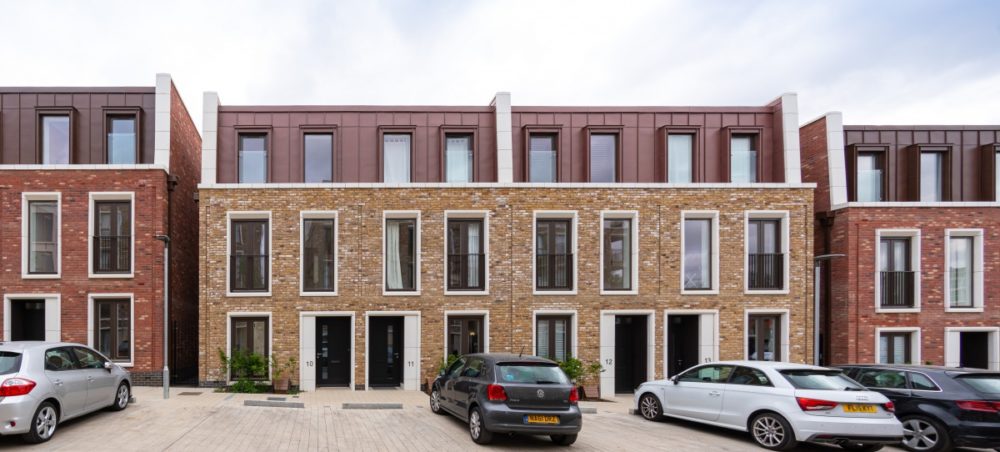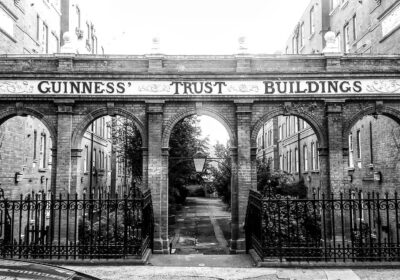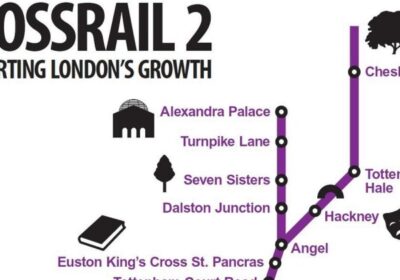I learned the other day that 38% of the existing housing stock in the UK was built before 1946, the highest of all European countries. This is a remarkable stat for many reasons, not least it signifies how little we have built post-war (only 7% of our stock has been built post-2000, compare this to Ireland’s 22%).
The natural response to this is to descend into a melancholic state of depression – how on earth have we built so few homes in the last 80 years? But in a rather surprising turn of events and contrary to my rather pessimistic outlook over the last 12 months, it instead signified optimism for the health of the housing sector.
To justify my thinking, a short history of SME housebuilding is required. From 1800 to 1900, the UK population grew from about 11 million to 32 million. In order, to provide suitable housing provision for the men and women of the industrial revolution, the nation required small enterprises to step forward and pick up the slack. In the government’s hour of need, the SME sector answered.
This enticing environment for SMEs, supported later by council house-building programmes saw a boom in housebuilding, delivering much of the pre-war stock mentioned at the start. Annual completions even hit as high as almost 250,000 homes a year in the 1920s. How the government would dream of these numbers today. Although the cynic in me wonders whether this is exactly the situation they seek to avoid.
The golden period for small developers continued well on into the 1960s and 70s, leading to the germination and expansion of businesses such as Persimmon, Berkley, and Redrow and saw SMEs contributing almost 50% of the housing stock in this country.
Since the late 80s however the fortunes of this sector has reversed, a concoction of regulatory and economic barriers has ground the SME train almost to a halt. The last couple of years have been particularly bad and there is no let up.
In an effort to change this alarming trend, last week Baroness Thornhill (Lib Dem spokesperson in the House of Lords), put forward our Small Sites Planning Policy within the latest Levelling Up & Regeneration Bill debate (you can watch here). In doing so, she received widespread support from both sides of the chamber.
What Baroness Thornhill and others recognise is that rather than looking on with despair, we should take great hope from the history of SME building in this country and with simple changes to the planning system (as set out in our Small Sites Planning Policy) we could reignite the SME spirit once again.










